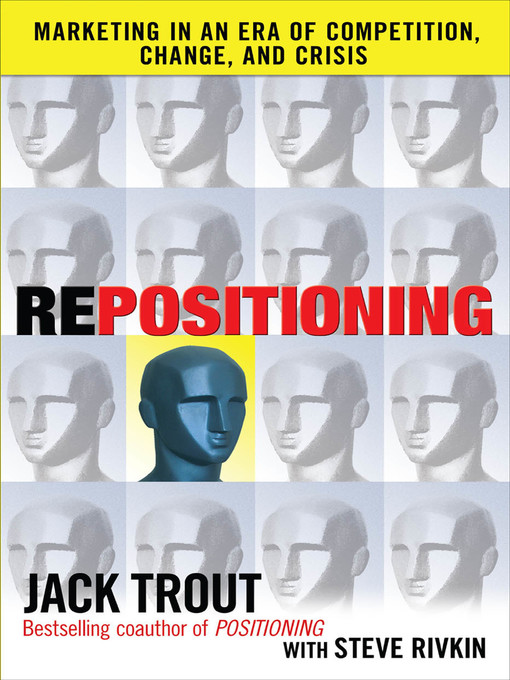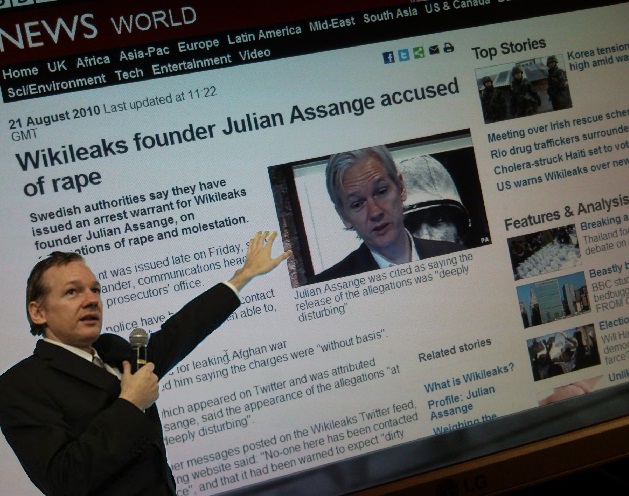I like working with newspapers because they provide an abundance of opportunities to PR professionals.
Day in day out newspapers sort, sift and present us with stories from around the world. They report politics, business, sports, health and a host of other issues. Each edition offers the opportunity to learn something either we did not know or we ought to know.
By and large our communities are well served by daily, weekly, local and national newspapers which offer numerous opportunities to promote our clients, customers and occasionally ourselves.
Some commentators delight in predicting the death of newspapers. True the evidence can seem compelling when we hear a newspaper has closed, cut staff or is now only available on-line. But we need to be cautious about predicting the death of newspapers. It would be a sad day if they were to vanish. We would lose the broad coverage of community affairs they provide: news we can read over coffee, share with friends, circle with a pencil or rip out to stick on the refrigerator door.
Newspapers are important for other reasons. They provide a permanent record of events and archive what happens at a particular moment in time. Often they drive the news cycle when radio and TV stations follow their lead and pick up their stories and in recent times on-line sites draw credibility from them by linking back to what they report.
And PR professionals delight in the different sections of a newspaper designed to appeal to different types of readers.
The early general news or first four or five pages of a newspaper are where fast breaking news stories about politics, the economy, crime and conflict appear. Every client aspires to be so prominent providing of course the coverage is positive. However it is competitive so coverage in other sections is likely to be more achievable.
Feature can range from half to multiple pages and allow more in-depth reporting. Often there will be weekly or periodic supplements on motoring, education, health, food and wine, seniors, computers, travel or other specific themes. And larger newspapers may publish weekend magazines that cover such softer issues in more detail than their daily editions.
People and organisations can express their own opinions through newspapers. They can write to the editor to make their views known or volunteer to write an opinion piece on a topical issue . Or they can approach the columnists who regularly present their thoughts on news and issues or make local events easy to discover through the community diary section.
To work effectively with newspapers, you need to develop a feel for how they report their stories. This can come from analysing what stories appear, how they are described and how a newspaper uses facts and figures and images to explain an issue. A closer reading will also reveal which reporters write about what topics and how often they do so. Analysing then answering these questions will help you understand how to best approach and work with print journalists to cover your organisation or client.














